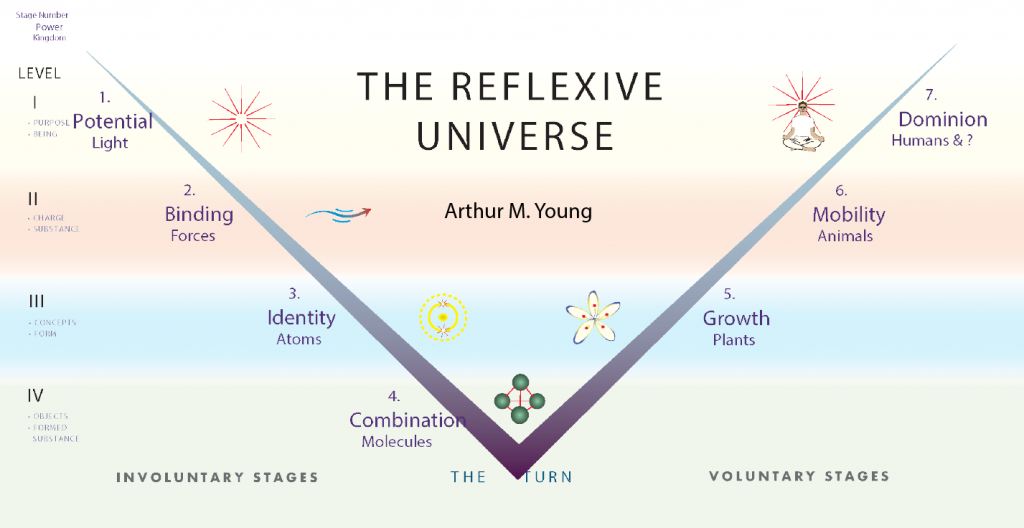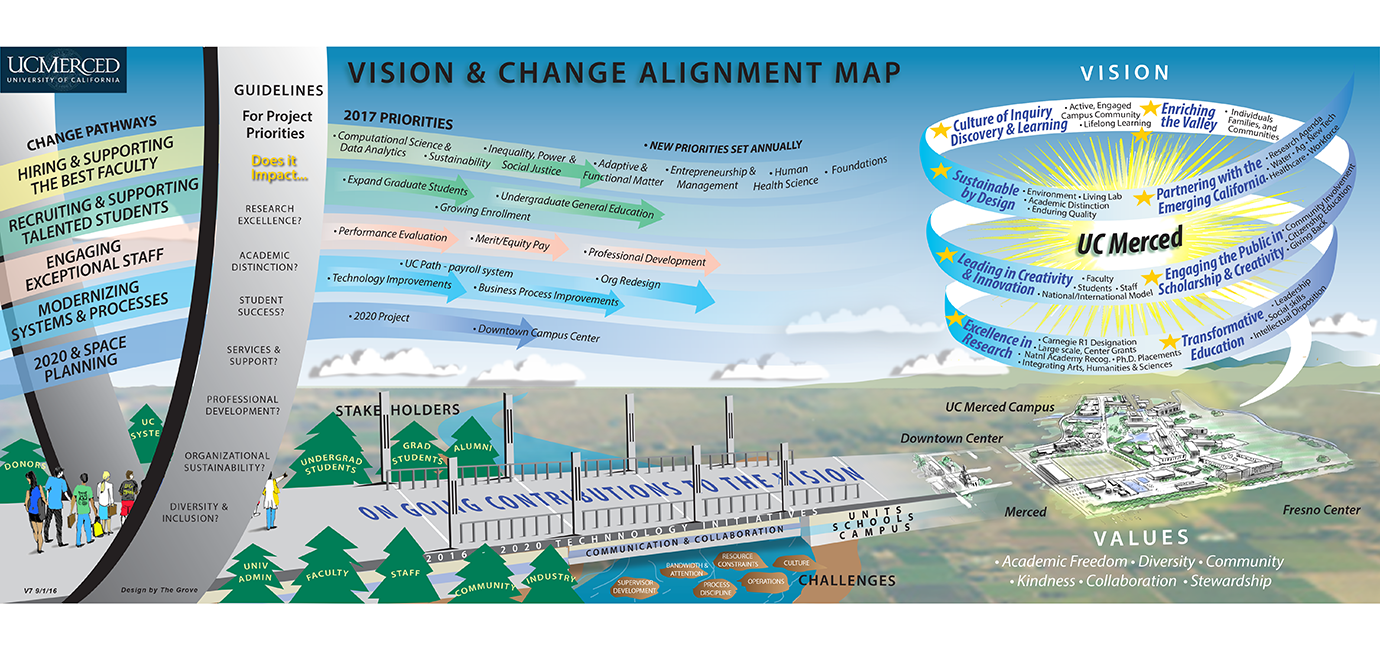Soar Anyway
This is a story reflecting on humility, elevation, and active imagination.
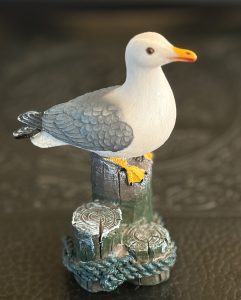 It started in Eckernförde, Germany, a fishing port and resort town on the Baltic Sea almost in Denmark. Its name means “squirrel” the name of an old fort there, and low German for fjord. The week we were there was glorious. A sunny departure from the overcast, rainy July. Being a seaport there were many sea gulls, our guests on the long walks along the Baltic to the old downtown. As is my custom, I wanted a small symbol of this trip that I could keep in my studio. We found a small shop that had little seagulls sitting on piers. Perfect!
It started in Eckernförde, Germany, a fishing port and resort town on the Baltic Sea almost in Denmark. Its name means “squirrel” the name of an old fort there, and low German for fjord. The week we were there was glorious. A sunny departure from the overcast, rainy July. Being a seaport there were many sea gulls, our guests on the long walks along the Baltic to the old downtown. As is my custom, I wanted a small symbol of this trip that I could keep in my studio. We found a small shop that had little seagulls sitting on piers. Perfect!
Immediately I had an answer. “It’s okay to be one of many,” the little gull said. “Soar anyway!”
As I heard the little gull in my mind, I remembered long ago reading Johnathan Living Seagull, a little fable about a seagull that dared to soar higher than the others, and experienced humiliation and rejection for a while, but persisted anyway. I had been touched by that story. I not only dream of flying but love to fly in my own imagination through worlds of ideas and understandings.
So, I named by new journal “SOAR ANYWAY.” And this command has been working away in my awareness. I trust that just holding a thought like this will pull out my deeper wisdom like a magnet collecting iron ore at the beach.
Here are some examples.
Amateur Facing Change
These days I am increasingly questioning how I spend my time, knowing that so many things I believe in and care about are under assault. I am sometimes feeling like a person watching a mudslide, feeling helpless. And then I read posts by people saying, “take a stand, resist, confront—we’re losing too much.” My name is David, after all, and he defeated Goliath. In fact, one of my early inspirations was the editorial cartoonist Robert Bastian (who passed in 1970) and his image of a small guy with a sword looking up at a giant Goliath, over a caption that has Goliath saying “Amateur.” I’ve loved being an amateur, and turned it into an art form as a graphic facilitator who is not an expert, but a supporter of listening. Now as a write and coach I ask myself, what can I do that would like that stone?
But I have questions about this association. Is this thought just a branch off the tree of the American exceptionalism narrative, that we must compete, excel, dominate and be the best? Is just being me and doing as much as I can with my remaining time be enough? Am I really okay with being one among many?
And what does “Soar Anyway” mean? I do believe that I have a higher self, an inner beingness that was there in the beginning. I believe it is connected to other life and to the light. I’ve had experiences of personal incandescence when my sense of purpose was bright, and I felt at one with others and nature. I can feel soaring my body, then. I feel it a bit just writing this.
Walking with Jesus
Another reflection came. Just this morning, I was walking our little dog down to get the newspaper, a real paper-printed newspaper. (I think it’s an homage to by training as a journalist back when Chicago had four dailies.) I was wearing the Birkenstock sandals Gisela gave me last year. I wrote about these several posts ago in a piece called “Walking with Jesus.” A feeling of being with my Christ energy has sustained itself when I walk with these sandals. I can’t go fast. I have to feel my steps. I imagine Jesus just being himself, confident of the Kingdom of God, walking lovingly and humanly through a country dominated by the Roman Empire. Is that what it might mean to “Be okay with being one among many?”
You might think that Jesus felt elevated or better than others. But the scriptures don’t paint that picture for me. They share about a man who experienced doubt, and rage at injustice, and compassion for the lowliest. He was just one, but open to the divine.
Humility at the GLEN Café
Let me share a final reflection, actually a continuation, because my inquiry is going to continue, I suspect. This morning at the GLEN Café (This is the Grove’s Global Learning & Exchange Network), the revolving host, Bud Wilson, suggested that we use as a check-in the prompt “humility.” He asked everyone to stand and reflect on how humility shows up in our bodies and then share what we experience. A fascinating dialogue ensued, where we explored the connection between humility and awe, humiliation and cruelty, shame and the inner feeling of “not enough.” I keep thinking about my seagull and even shared the story with everyone. We ended reflecting on how many are being shamed these days, for being the wrong color, the wrong sexual orientation, for not having money, for not being “exceptional.” And we had all touched in on our own experiences of being humble, being humiliated, feeling shame.
I conclude this reflection knowing deeply that I am indeed only one among many, and that I am going to soar anyway, into words and active imagination, into coaching and supporting other creatives, and the hope that a new narrative of hope and inclusiveness will emerge from these times.

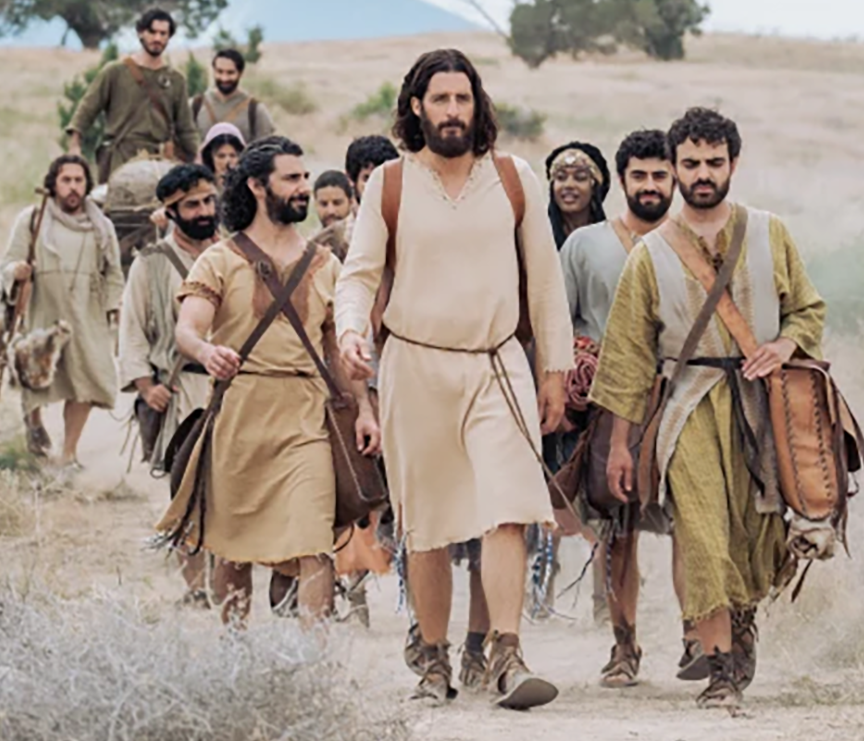 But before I do, I invite you to notice what gets called up for you with just these words. What is your experience with the word “Walking?” What does “With” mean to you? And then there is the loaded word, “Jesus.” I say loaded because few people have had more writing, dramatizations, prayers to, and art about than Jesus. I wouldn’t be surprised if you had very little idea of what I’m personally meaning by any of these words. I invite you to read on with an open mind if possible.
But before I do, I invite you to notice what gets called up for you with just these words. What is your experience with the word “Walking?” What does “With” mean to you? And then there is the loaded word, “Jesus.” I say loaded because few people have had more writing, dramatizations, prayers to, and art about than Jesus. I wouldn’t be surprised if you had very little idea of what I’m personally meaning by any of these words. I invite you to read on with an open mind if possible.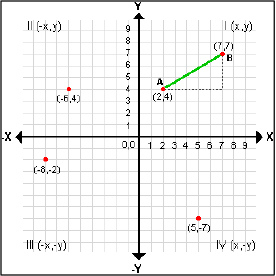 I’ve found that the shaping of our awareness by language extends to vis
I’ve found that the shaping of our awareness by language extends to vis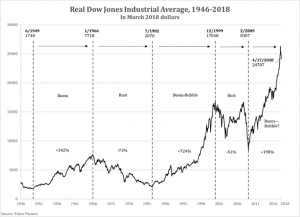 ual language and the mental frameworks we hold to explain things. The objectification of reality is supported, for instance, by our habit of displaying data on Cartesian coordinates, which portray the “0” point as nothing, and progress is up and to the right. If there is an icon for contemporary business it is the ubiquitous stock market graphic plotted on these coordinates.
ual language and the mental frameworks we hold to explain things. The objectification of reality is supported, for instance, by our habit of displaying data on Cartesian coordinates, which portray the “0” point as nothing, and progress is up and to the right. If there is an icon for contemporary business it is the ubiquitous stock market graphic plotted on these coordinates.